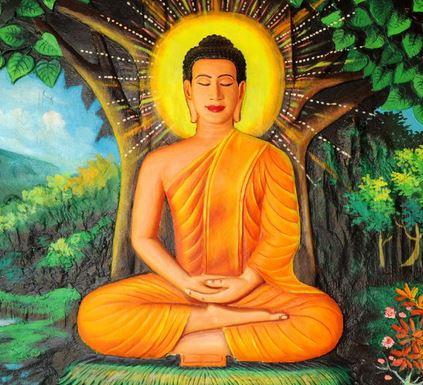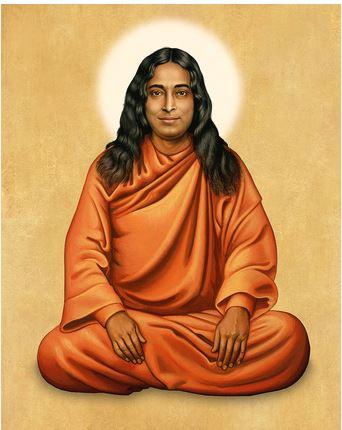Buddha

Spiritual Title / Founder of Buddhism / Enlightened Being
🪷 Definition:
The word Buddha (from Sanskrit "budh", meaning to awaken) is a title, not a personal name. It refers to someone who has attained full enlightenment (bodhi) and is freed from the cycle of birth, death, and rebirth (samsara).
When people say "the Buddha," they usually mean Siddhartha Gautama, the historical founder of Buddhism, who lived around the 5th to 4th century BCE in what is now Nepal and northern India.
👤 Siddhartha Gautama – The Historical Buddha
Life Overview (traditional narrative):
-
Born as a prince in the Shakya clan (hence also called Shakyamuni)
-
Lived a life of luxury until encountering the "Four Sights":
-
An old man
-
A sick person
-
A corpse
-
A wandering ascetic
-
-
Renounced royal life in search of a way to overcome suffering
-
Practiced austerity, then meditation, eventually attaining nirvana under the Bodhi tree
-
Spent the rest of his life teaching the Dharma (the path to awakening)
📜 Core Teachings of the Buddha
-
The Four Noble Truths:
-
Life involves suffering (dukkha)
-
Suffering is caused by craving
-
There is a way to end suffering
-
The way is the Eightfold Path
-
-
The Eightfold Path:
-
Right View, Right Intention, Right Speech, Right Action, Right Livelihood, Right Effort, Right Mindfulness, Right Concentration
-
-
Key Concepts:
-
Anicca (Impermanence)
-
Dukkha (Suffering)
-
Anatta (Non-self)
-
Karma and Rebirth
-
Meditation and Mindfulness as tools for awakening
-
🕉️ Buddha in Various Traditions
-
Theravāda Buddhism: Focuses on the historical Buddha as a unique being
-
Mahayāna Buddhism: Teaches that many Buddhas exist across time and space (e.g., Amitābha, Vairocana)
-
Vajrayāna / Tibetan Buddhism: Includes complex cosmologies of celestial Buddhas and Bodhisattvas
🎨 Iconography and Symbols:
-
Seated in lotus position under the Bodhi tree
-
Hands in mudras (symbolic gestures), e.g., Dharmachakra Mudra (teaching), Bhumisparsha Mudra (earth-touching)
-
Often depicted with:
-
Elongated earlobes (royal past)
-
Ushnisha (topknot – symbol of wisdom)
-
Serene facial expression
-
🌍 Cultural and Spiritual Legacy:
-
The Buddha's teachings gave rise to Buddhism, one of the world’s major religions
-
Seen not as a god, but as a teacher and guide
-
Revered globally as a symbol of:
-
Peace, compassion, inner freedom, and spiritual awakening
-
✅ Conclusion:
The Buddha is not simply a historical figure but a universal archetype: the awakened one who shows the path beyond suffering. Whether in temples, texts, or personal practice, the Buddha remains a profound symbol of liberation and insight.
Links:
Free Reading: Tarot, Astrology and Numerology!







